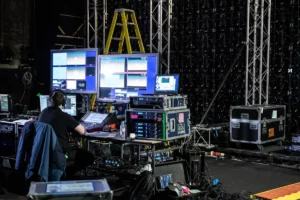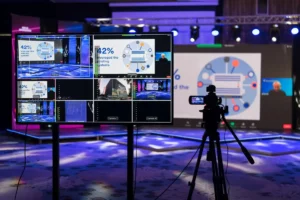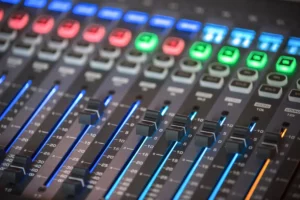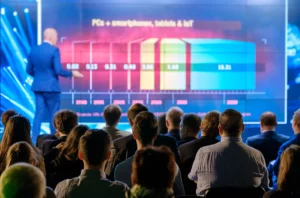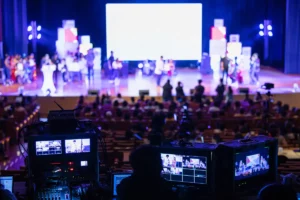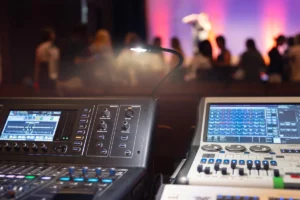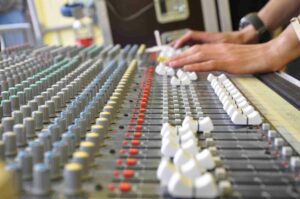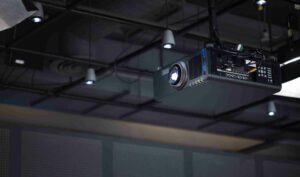The Basics of Mixers and Amplifiers
Understanding audio-visual basics includes of mixers and amplifiers, and can make an enormous difference in your audio-visual production experience.
A high-quality audio-visual environment can be achieved using tools such as mixers and amplifiers, as these will ensure your audio is delivered with clarity to your attendees.
In-room ceiling speakers may suffice when the Audio-Visual presentation is made to a small group of people. However, it will be necessary for a larger audience to use speakers with larger amplifiers. Also, you may have a situation where you need to make your audio track more flexible.
Sometimes, different sound sources need to be combined with the video source during a session. Because more than one audio source is involved in this process, using a mixer is the best way to blend the audio sources seamlessly.
An amplifier is an electronic device that generates and provides the required electrical current to a speaker. Today, the amplifiers available on the market effectively increase the sound signal supplied to the speaker that can deliver sound to the far corners of a large room.
There are two essential factors to note about an amplifier: The transfer function and Gain of the amplifier. The transfer determines the input’s relationship to the amplifier’s output, and the magnitude (or amplitude) of the transfer function is referred to as the Gain.
A mixer is a device often used to combine audio sources and change the quality or volume levels of audio signals. The mixer is often referred to as a mixing console or a soundboard.
Using a mixer is the most effective way to route or combine various audio signals and even change the audio’s timbre or dynamics. High-end mixers available today can effortlessly mix analog and digital signals, which allows for easy video integration.
Mixers and amplifiers are not limited to conference rooms or meeting presentations. They are utilized in various applications and environments such as recording studios, sound reinforcement systems, public address systems, television, broadcasting, and film.
For example, amplifiers and mixers are utilized when sound from two separate microphones is combined with a single speaker or set of headphones simultaneously. This is typical during live concerts when two singers perform at the same time.
Also, the signal produced by the mixer is transferred to the amplifier. In this manner, the audio signal’s electrical current increases exponentially, enabling the audience to hear the music.
There are many mixers and amplifiers available in the market that can fit every A/V need. It helps to have a vision for the A/V experience you want to create before deciding which mixer or amplifier to utilize.

